Archives
- 2025-11
- 2025-10
- 2025-09
- 2025-03
- 2025-02
- 2025-01
- 2024-12
- 2024-11
- 2024-10
- 2024-09
- 2024-08
- 2024-07
- 2024-06
- 2024-05
- 2024-04
- 2024-03
- 2024-02
- 2024-01
- 2023-12
- 2023-11
- 2023-10
- 2023-09
- 2023-08
- 2023-06
- 2023-05
- 2023-04
- 2023-03
- 2023-02
- 2023-01
- 2022-12
- 2022-11
- 2022-10
- 2022-09
- 2022-08
- 2022-07
- 2022-06
- 2022-05
- 2022-04
- 2022-03
- 2022-02
- 2022-01
- 2021-12
- 2021-11
- 2021-10
- 2021-09
- 2021-08
- 2021-07
- 2021-06
- 2021-05
- 2021-04
- 2021-03
- 2021-02
- 2021-01
- 2020-12
- 2020-11
- 2020-10
- 2020-09
- 2020-08
- 2020-07
- 2020-06
- 2020-05
- 2020-04
- 2020-03
- 2020-02
- 2020-01
- 2019-12
- 2019-11
- 2019-10
- 2019-09
- 2019-08
- 2019-07
- 2019-06
- 2019-05
- 2019-04
- 2018-07
-
Excessive extracellular glutamate may induce excitotoxic neu
2021-11-10
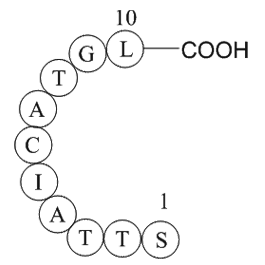
Excessive extracellular glutamate may induce excitotoxic neuronal damage in disorders of the CNS (Schwartz et al., 2003). EAATs are considered to contribute to prevention of excitotoxicity by glutamate uptake. Our data revealed that expression levels of membrane EAAT proteins in astrocytes are much
-
Ca independent release of L C glutamate
2021-11-10
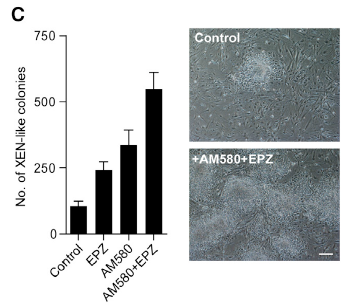
Ca2+-independent release of L-[14C]glutamate and [3Н]GABA that occurs via transporters working in the reverse mode also insignificantly increased in vitamin D3 deficiency despite decreased GAT-3 and EAAC-1 Cy3-dUTP and neurotransmitter uptake efficacy Fig. 3, Fig. 6 A). However, the upward tendency
-
br Materials and methods br Results br Discussion Employment
2021-11-10
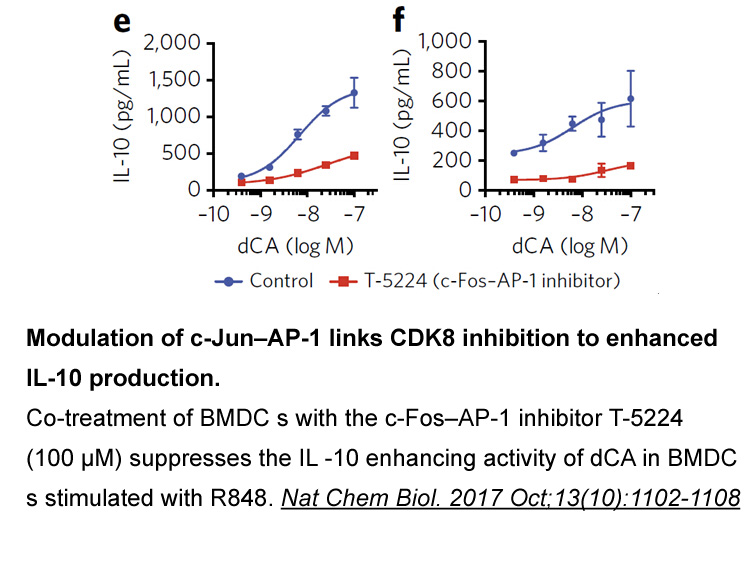
Materials and methods Results Discussion Employment of GIPR signaling, specifically the direction of this manipulation, as a strategy to improve body weight remains a contentious subject of intense scientific investigation [22], [32], [33]. Despite the physiological benefits of GIP on enzas
-
bgj398 br Materials and methods br Results br Discussion G
2021-11-10
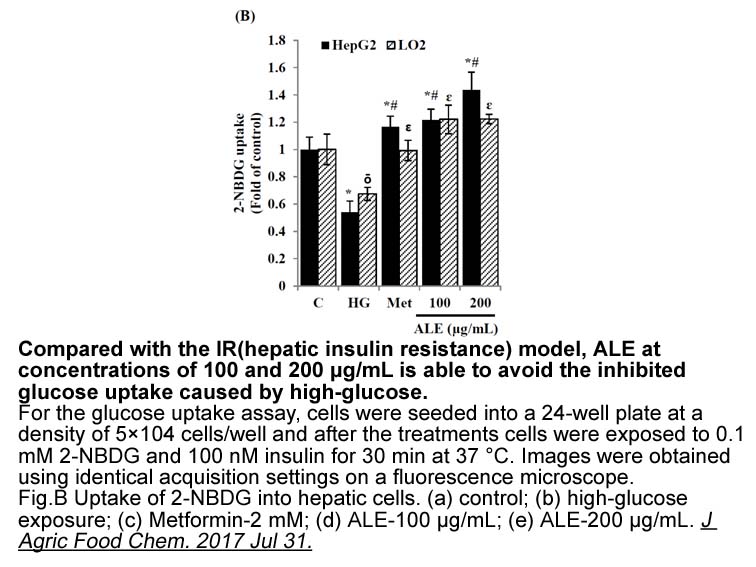
Materials and methods Results Discussion G-quadruplex structures are extensively studied for its role in central dogma of molecular biology viz. replication problems leading to chromosomal translocations [20], [21], transcriptional inhibition [32] and alternative splicing and translational
-
To investigate the potential molecular mechanism of FXR
2021-11-10

To investigate the potential molecular mechanism of FXR-mediated regulation of liver cancer cell proliferation, gene expression profiles were determined using Agilent arrays in SK-Hep-1-FXR and NC after treatment with the FXR agonist GW4064. The results indicate that mTOR and S6k are involved in div
-
br Introduction Farnesoid X receptor FXR is
2021-11-10
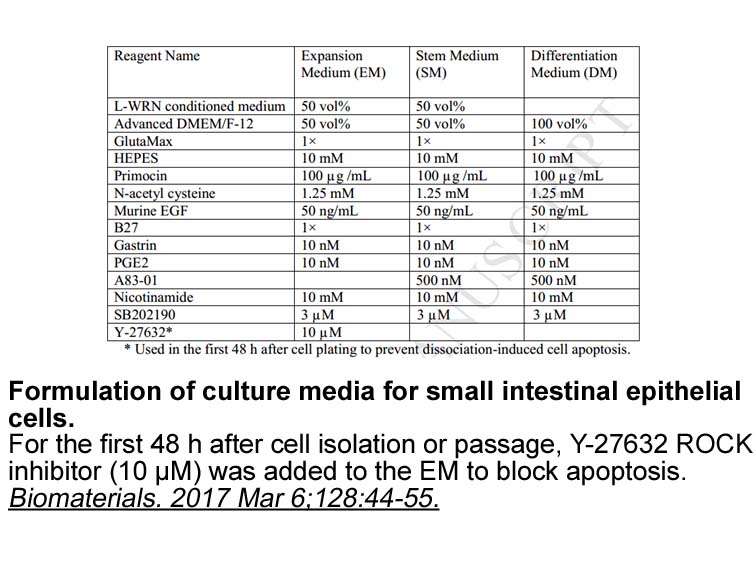
Introduction Farnesoid X receptor (FXR) is a bile benfotiamine receptor regulated nuclear receptor highly expressed in the liver, intestine, kidney and adrenal glands in rodents.1, 2, 3, 4 FXR regulates transport proteins, the bile salt export pump (BSEP) and the organic solute transporter α (OS
-
Cyprodime hydrochloride synthesis Based on this evidence fut
2021-11-10

Based on this evidence, future research should be directed towards the identification of actual receptor oligomeric states at the analyzed cellular surfaces. The macromolecular organization of these oligomeric receptors might establish informational hubs, which relay ligand/receptor interactions in
-
Venlafaxine br Venous thromboembolism VTE is a rare but pote
2021-11-10

Venous thromboembolism (VTE) is a rare but potentially life-threatening complication of total joint arthroplasty (TJA) . With modern chemoprophylaxis, the incidence of VTE after primary total hip (THA) or total knee (TKA) arthroplasty is commonly estimated between 0.5% and 1%, and VTE is now consi
-
Introduction of a chloropyridine group onto the fluoro deriv
2021-11-10
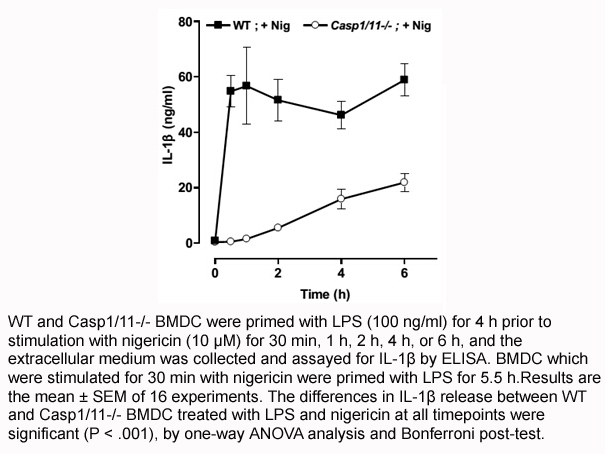
Introduction of a chloropyridine group onto the fluoro derivative (→) leads to a similarly potent compound that exhibits a lower /, and as was observed with (), was rapidly cleared. However, the high clearance of () did not prevent the increase in the concentrations of FAAs even as its plasma levels
-
A second H R antagonist with benzamide
2021-11-10
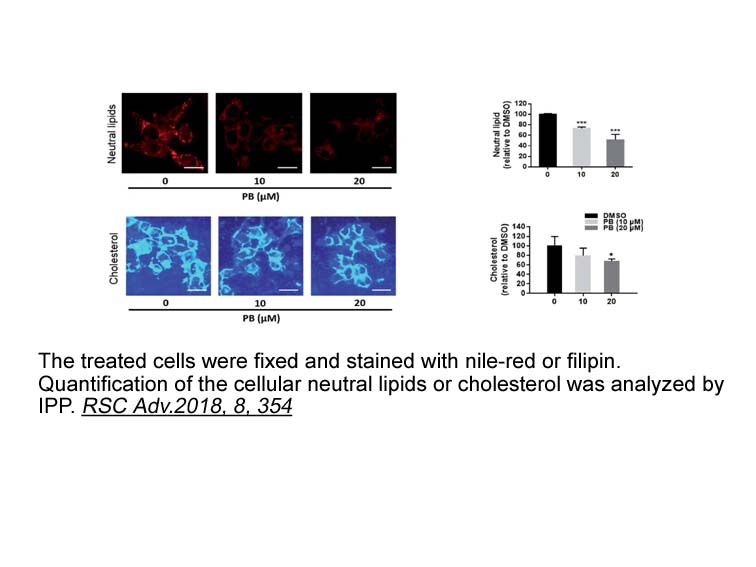
A second H3R antagonist with benzamide-based structure from Johnson & Johnson is JNJ-31001074, known as Bavisant and under chemical IUPAC name of (4-cyclopropylpiperazin-1-yl)-[4-(morpholin-4-ylmethyl)phenyl]methanone. It is a compound with molecular weight 329.44, HBA four, and MLogP 1.52 encompass
-
Here we report the genomic structure and the phylogenetic
2021-11-09
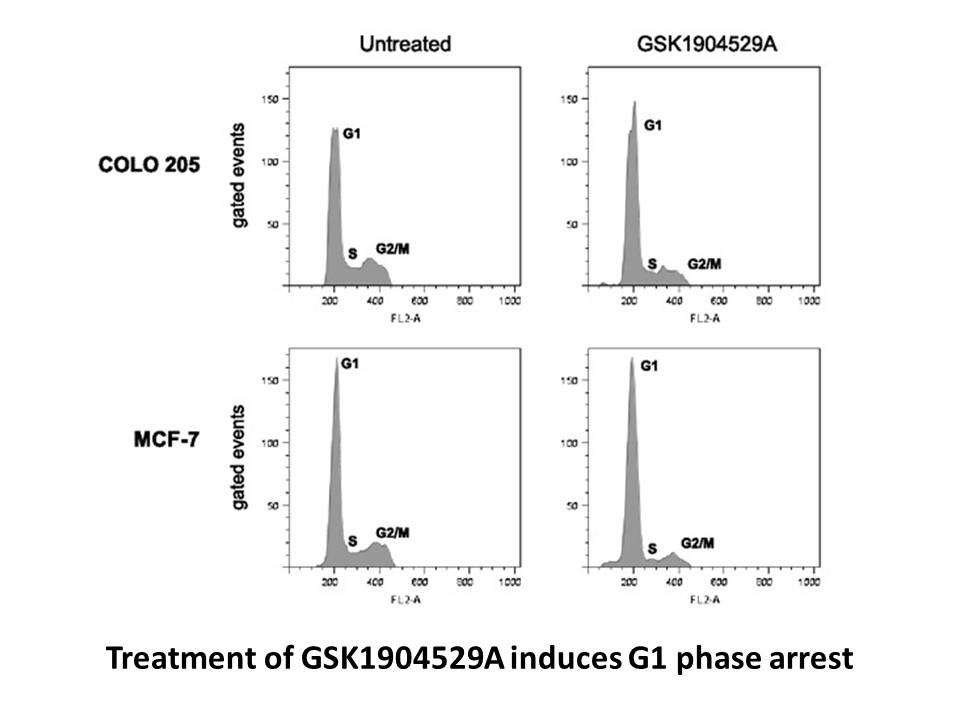
Here we report the genomic structure and the phylogenetic analysis of testis-specific Ser/Thr kinase haspin gene. Materials and methods Results Discussion The isolation and analysis of haspin genomic DNA showed that haspin was an intron-less gene and localized in an intron of integrin αM29
-
Benztropine mesylate In the present study we focused on
2021-11-09
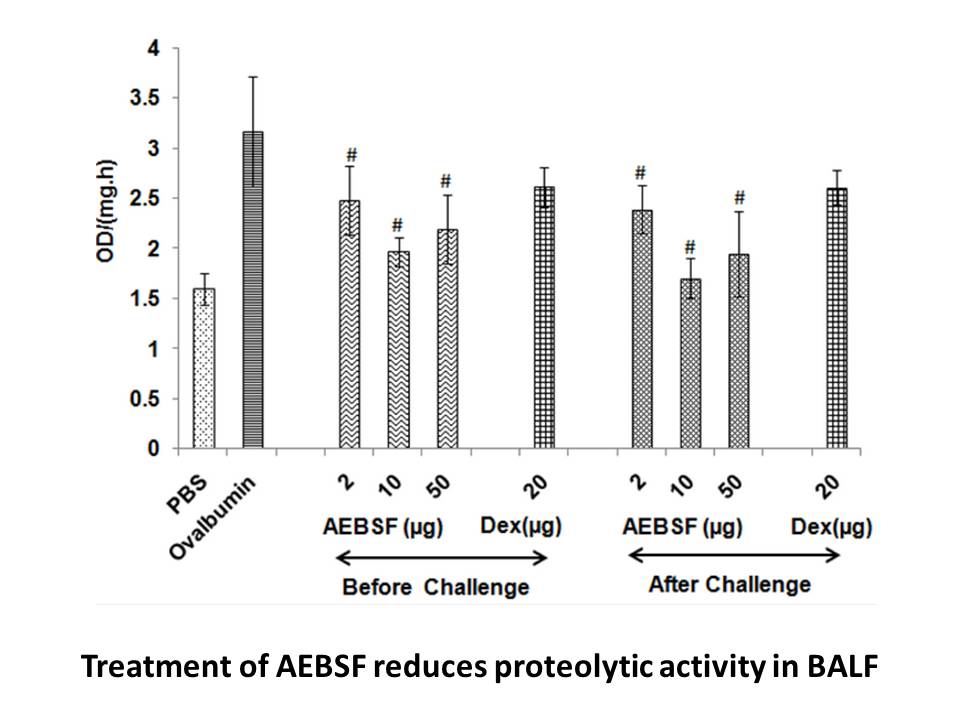
In the present study, we focused on a role of the C-terminal segment in GCAP2 using two chimeric proteins, in which the C-terminal segment of GCAP2 was either replaced by the corresponding sequence of recoverin (chimera GR) or transferred into recoverin (chimera RG). We have monitored Ca-dependent c
-
dizocilpine At days and hours after MI the protein expressio
2021-11-09
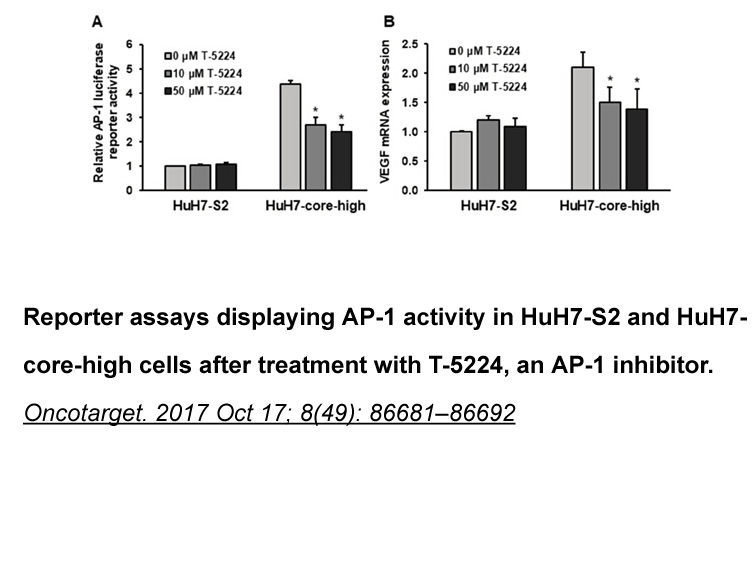
At 21 days and 24 hours after MI, the protein expressions of active JNK1 (P protein dizocilpine of p38 was down-regulated only at 21 days after MI (P Discussion This study demonstrates the role of GSTP1 in HF by inhibiting the TRAF2-induced MAPK activation and the potent inhibitory effect of GST
-
Glycogen synthase kinase GSK is an
2021-11-09
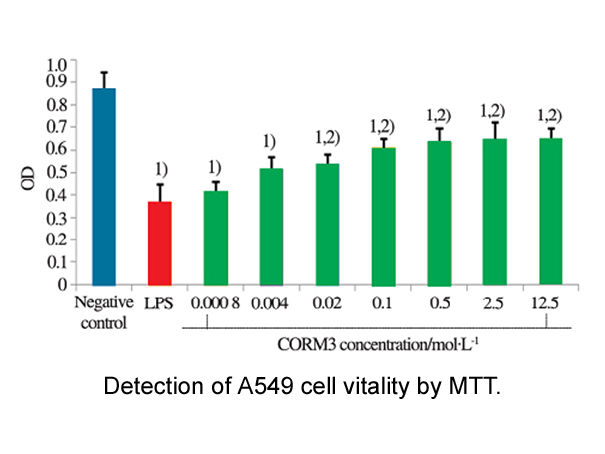
Glycogen synthase kinase-3β (GSK-3β) is an evolutionarily conserved serine/threonine kinase that plays multifaceted role in diverse cellular and neurophysiological processes [8]. GSK-3β is regulated by inhibitory serine and stimulatory tyrosine phosphorylation on Ser9 and Tyr216 respectively [9]. Dy
-
br Introduction Chronic rhinosinusitis with nasal polyps CRS
2021-11-09
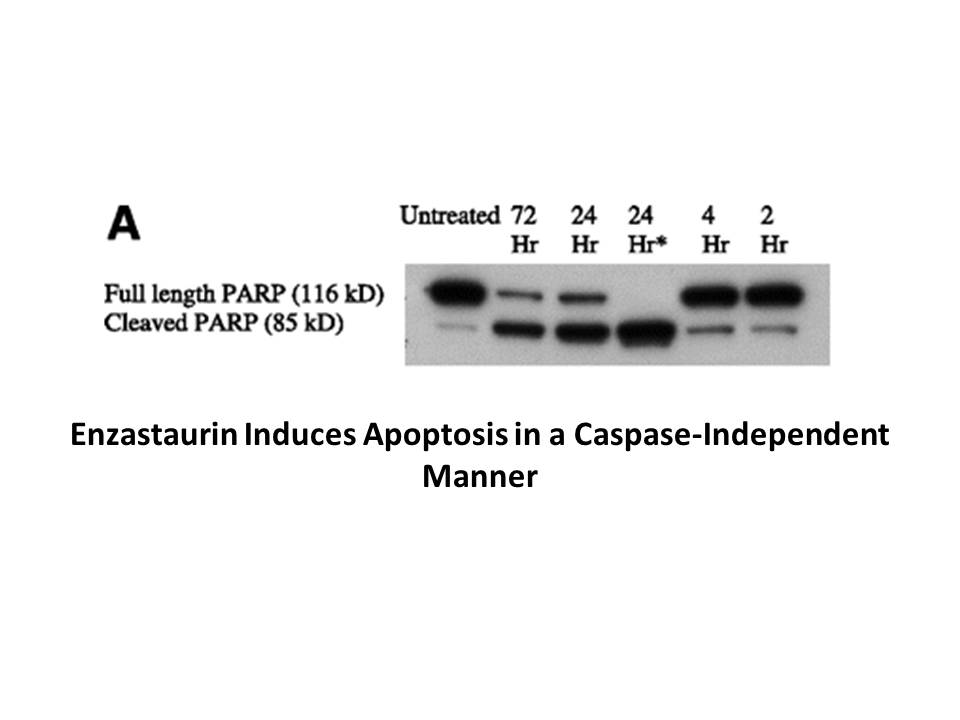
Introduction Chronic rhinosinusitis with nasal polyps (CRSwNP), a subgroup of chronic rhinosinusitis (CRS), is a chronic inflammatory condition of the nasal and paranasal sinuses. CRSwNP is characterized by grape-like structures with dense inflammatory infiltrates, loose fibrous Ro 48-8071 and th
15139 records 523/1010 page Previous Next First page 上5页 521522523524525 下5页 Last page